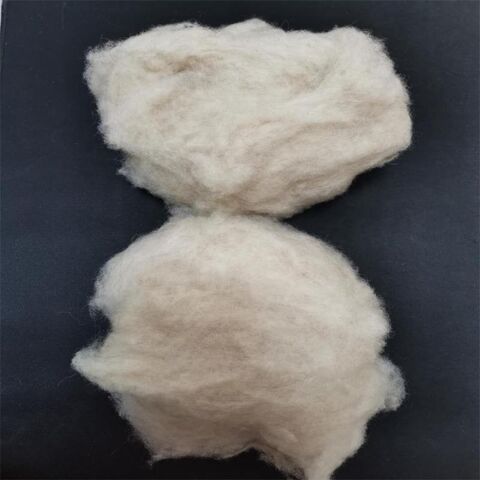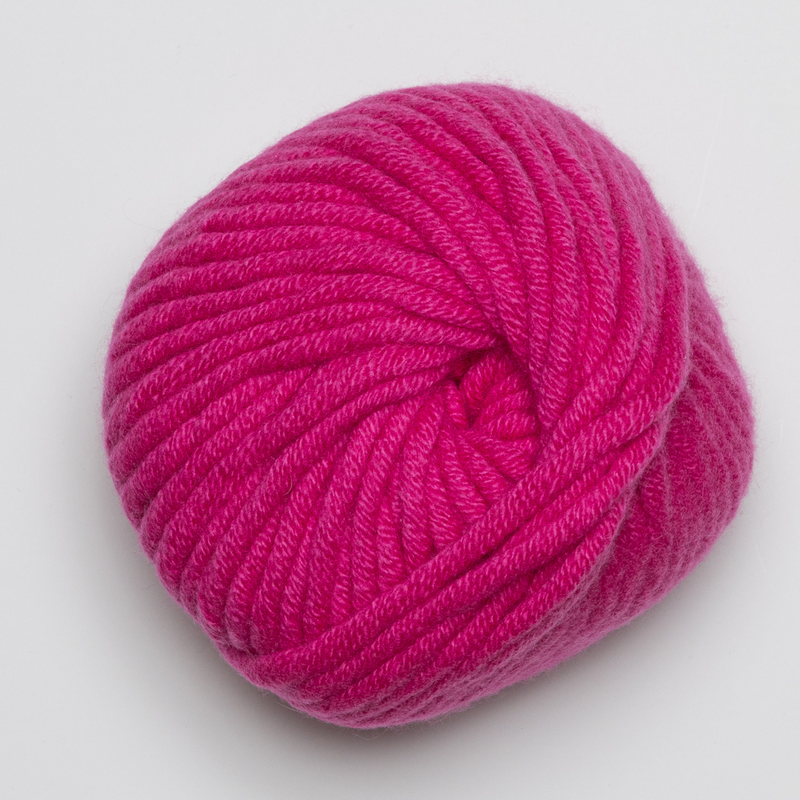What Is Cashmere? Exploring the Premium Material Loved by Fashion Experts
Wiki Article
Comprehending the Different Sorts Of Cashmere an All-natural Fiber and Their Unique Benefits

The Beginnings of Cashmere: A Historic Introduction
While the glamorous touch of cashmere proceeds to charm modern-day consumers, its origins trace back to the severe, cold climates of Mongolia and the Himalayas. For centuries, the indigenous peoples of these regions have actually been raising Capra Hircus goats, the prime source of cashmere wool. These goats, resilient versus the serious winter seasons, grew a fine undercoat to survive, which later became understood as cashmere.

The Manufacturing Process: From Goat to Garment
Shearing a Capra Hircus goat marks the inception of the elaborate cashmere production process. The resultant raw cashmere is then washed to get rid of pollutants such as oil, veggie, and dirt matter.The tidy fiber goes through coloring, rotating, and weaving, or knitting, to change it into a textile. Facility treatments such as quality assurance checks and completing processes follow, ensuring completion product maintains the lavish standard anticipated of cashmere. This painstaking procedure, from goat to garment, warrants the high expense connected to cashmere products, making them a symbol of deluxe and improvement.
The Various Sorts Of Cashmere: An Extensive Analysis

The Unique Benefits of Cashmere: Convenience and Sustainability
Moving from the range of cashmere types to the benefits they use, comfort and sustainability stand out prominently. Cashmere, a natural fiber, is renowned for its unrivaled softness, providing a degree of convenience that synthetic fibers can't match.When it pertains to sustainability, cashmere is eco-friendly and biodegradable, as it's gathered from cashmere goats who regrow their coats annually. what is cashmere. Unlike synthetic fibers which can take centuries to decay, cashmere's influence on the atmosphere is marginal. This mix of comfort and sustainability makes cashmere a valuable option for conscious customers

Caring for Your Cashmere: Upkeep and Conservation Tips
While cashmere is undoubtedly a lasting and lavish option, it needs specific treatment to preserve its high quality and prolong its lifespan. To begin, cashmere ought to be hand washed using cool water and a mild detergent. Cashmere items need to be kept in a completely dry and trendy area, away from direct sunshine and dampness.
Buying Cashmere: Understanding Its Worth and Worth
Although cashmere might originally appear like a costly investment, its long-lasting value and worth ended up being obvious when you consider its impressive top qualities. Understood for its unequaled gentleness and heat, cashmere is a costs all-natural fiber that outmatches various other products. Its high demand and restricted supply contribute to its high price, however its sturdiness ensures it lasts for several years, offering exceptional value for money. Cashmere pieces are timeless, commonly becoming heirlooms passed down via generations. what is cashmere. Furthermore, its natural protecting properties supply warmth without the bulk of synthetic fibers. Purchasing cashmere, for that reason, is not practically present style patterns, yet concerning accepting a lasting, resilient, and extravagant lifestyle.Conclusion
In summary, the kind of cashmere one chooses, be it Mongolian, Chinese, or Italian, is determined by private preferences for heat, budget, deluxe, and sustainability. The worth of cashmere prolongs beyond its price, with convenience and long life including in its worth. Proper care and upkeep can guarantee its conservation. Consequently, comprehending the origins, manufacturing process, and unique benefits of different types of cashmere can assist consumers in their investment in this lavish natural fiber.Whether is cashmere a natural fiber it's the remarkable warmth of Mongolian cashmere, the price of Chinese cashmere, or the eco-conscious manufacturing of Italian cashmere, there's a story to be found behind each fiber type. Cashmere, a natural fiber, is renowned for its unparalleled soft qualities, offering a level of convenience that artificial fibers can not match.When it comes to sustainability, cashmere is sustainable and eco-friendly, as it's collected from cashmere goats who regrow their layers yearly. Recognized for its exceptional soft qualities and warmth, cashmere is a premium all-natural fiber that outshines other materials. Recognizing the beginnings, manufacturing process, and distinct advantages of different types of cashmere can direct customers in their financial investment in this luxurious all-natural fiber.
Report this wiki page